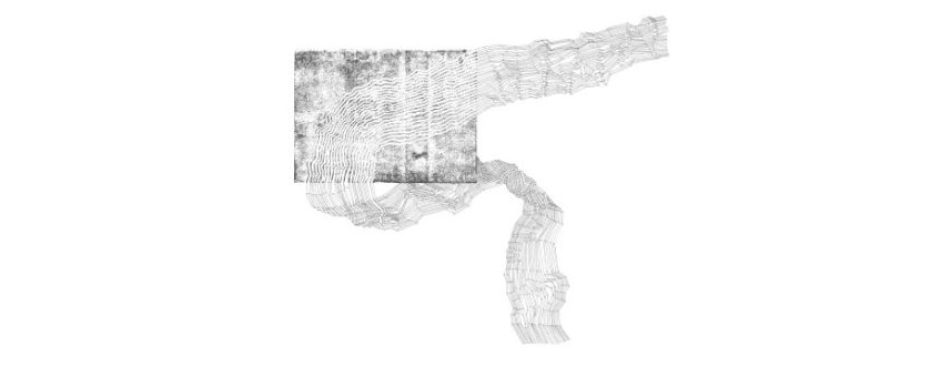I was pleased that the subject matter I had chosen for my microteaching session had promoted lively conversation. By using drawing as a mechanism to change people’s perspectives of the room we were in it enabled reflection from everybody about where their attention was focussed and how they read what had previously been quite a neutral space.
I felt like I could have introduced the intention for the task more clearly once everyone had done their drawings – focussing on individual perception and memory – as I moved into the questions I had prepared quite quickly and it may have been useful to set a tone for the conversation beforehand. I also have a tendency to fill silence which can detract from a time where people want to arrange their thoughts before responding.
The feedback about the session was generally positive, it was nice to have it at the end of the day as it overlapped with themes from other sessions which successfully explored self-expression, different forms of visual representation, and the understanding of value in relation to the inherent stories behind objects. I want to refine this exercise further with students as I often work with them to read and understand spaces but it can be difficult to convince them to engage beyond photography. Much of the feedback reflected on the way it highlighted value within the mundane, and if I expand the exercise I would hope to emphasise this with students so that their proposals can work with the context, recognising its worth even if not immediately apparent.
There was also much discussion around memory and the way that a drawing can be more evocative (if less technically accurate) than a photograph, I feel this can be expanded with students to encourage them to have a personal response through their drawings. I am always seeking to encourage students to find and express their personality through their work, so this exercise may be a nice way to begin a brief and give confidence that personal perspective is valuable even with a task that seemingly has an objective result such as producing scale drawings of a project site.
One final piece of feedback which I found really valuable was that a hybrid approach to a recording/observation task can allow for a variety of ways of recollecting that space. I may therefore invert the order which I used in the microteaching session – take a photo of a space, then draw it – giving students a set amount of time to draw a space, followed by time to photograph it. This will hopefully ensure deep and reflective engagement with a space whilst allowing students to ‘revisit’ through their photographs if there are details they missed.
As a whole the microteaching sessions each took a different approach but the use of object-based learning really helped focus each task and the reflective conversations around them. Given a limit of 20 minutes the engagement and subject matter covered in each session was very impressive and I will definitely be creating object-based workshops with my students in the future to explore ideas, skills and techniques to build a comfortable, critical and reflective atmosphere in student groups.




